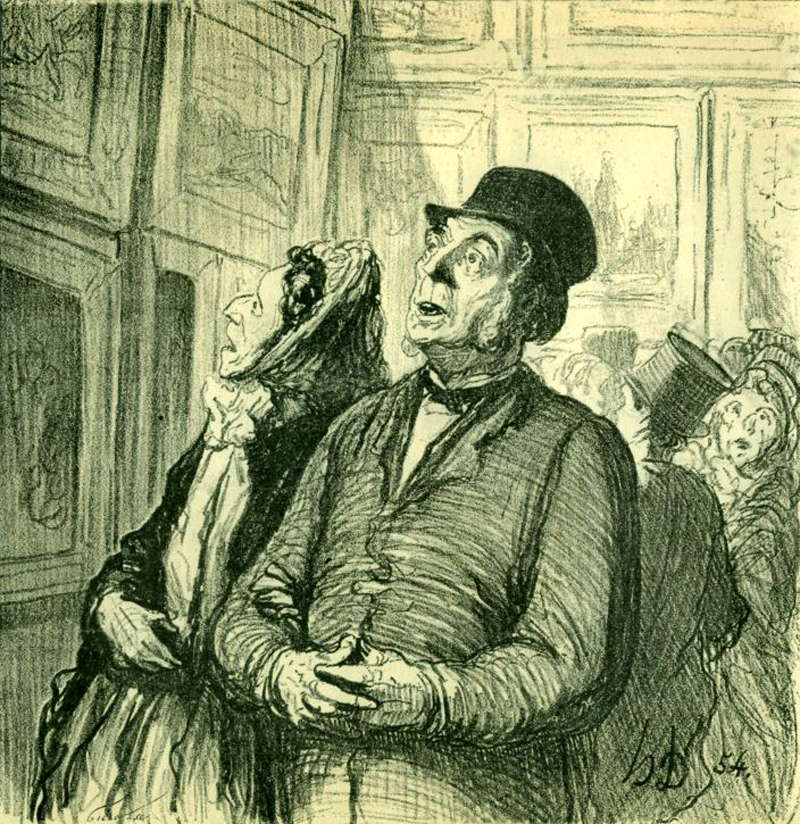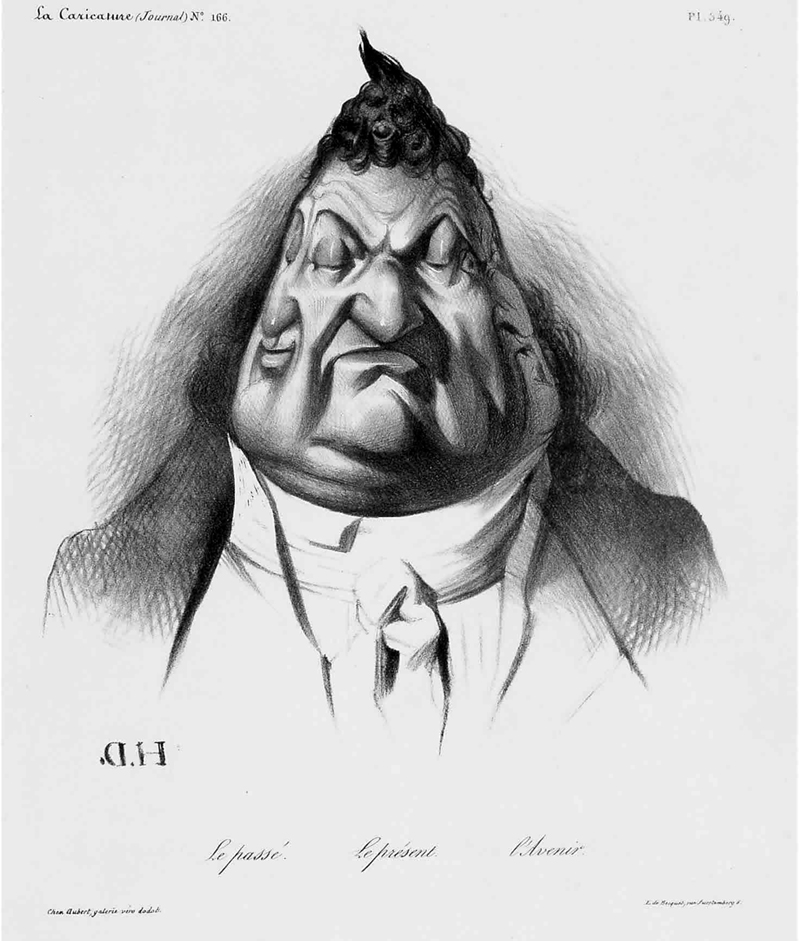Honoré-Victorien Daumier
26 February 1808, Marseille – 11 February 1879, Valmondois, France
Honoré Daumier is France’s greatest caricaturist and political and social satirist.
During his career, he produced around 5,000 lithographs, 300 paintings, 800 drawings, 1,000 woodcuts, and 50 sculptures.
♦ Omnibus During an Influenza Epidemic (1858) ♦
♦ Diagnosis:
Main symptoms: Irritating cough in young and old, runny nose, shivering.
Associated symptoms: Crowded location, fatigue, headache, warm clothing.
Clinical diagnosis: Influenza (flu), epidemic.
♦ Definition: influenza
Epidemic disease, which sometimes becomes pandemic, characterized by inflammation of the mucous membranes of the respiratory tract, accompanied by purulent mucus, fever, muscle pain, and exhaustion.
The cause is the influenza virus, which appears in constantly changing variants.
♦ Discussion
Influenza has many complications, the most common of which is pneumonia.
Pleurisy, middle ear infection (otitis), and neuritis can also occur.
The disease usually breaks out during the winter months, particularly in January and February, and is highly contagious. Influenza affects all ages.
The currently available vaccines against the influenza virus prevent the development of clinically recognizable disease in a low percentage of vaccinated individuals. The protection is specific to each type of influenza virus and is therefore short-lived.
Although he was born in Marseille, Daumier spent most of his life in Paris. He grew up in a poor family and in 1822 took his first drawing lessons with the renowned artist and archaeologist Alexander Lenoir.
In his free time, Honoré Daumier sketched at the Académie Quisse and in the Louvre.
His financial situation forced him to take on various jobs.
At just 14 years old, he began experimenting with lithographs and tried to work for newspapers.
His keen observational skills formed the basis for around 5,000 satirical prints on political and social themes. His career took off in 1830 when an uprising led to the abdication of the repressive Bourbon King Charles X, and the more liberal monarchy under Louis-Philippe of the House of Orléans replaced him.
His caricatures appeared in the weekly magazine La Caricature, founded by Charles Philipon.
Daumier was sentenced to six months’ imprisonment for two lithographs, one of which depicted King Louis-Philippe as Rabelais’ gluttonous giant Gargantua.
A positive outcome of this unpleasant incident was that he instantly became famous. His case is one of the most well-known examples in history of an artist persecuted by the state.
In 1835, the government passed a law that so heavily restricted political caricatures that Daumier was forced to give up his political satire.
His publisher, Charles Philipon, was even compelled to discontinue La Caricature.
However, Daumier had already anticipated such events in 1832 when he founded the newspaper Le Charivari, which allowed him to create satirical social portraits of bourgeois society in Paris. In the last years of his life, Daumier was practically blind, but he was saved from poverty by Corot, a French painter who gave the blind and impoverished Daumier a small house.
Source: Jan Dequeker
♦ Honoré Daumier
During his life, Daumier was primarily known as a political and social satirist.
After his death, the aesthetic quality of his paintings and sculptures also began to be recognized. Daumier started his career as a graphic artist after training in lithography.
In 1832, he was imprisoned for six months for lèse-majesté due to a monarchy-critical satire depicting Louis-Philippe of France as Gargantua. From the late 1840s onwards, he increasingly used watercolor and oil paints instead of lithographs.
Daumier was admired by Camille Corot (who saved him from poverty when he became blind), Eugène Delacroix, Charles Baudelaire, Honoré de Balzac, and many 20th-century expressionists.
One of Daumier’s works, Christ and His Apostles, hangs in the Rijksmuseum in Amsterdam. Daumier’s caricatures of lawyers and judges remain very popular among legal professionals and decorate many law offices. More than 7,500 of Daumier’s works are preserved at the Hammer Museum in Los Angeles.
Influenza Epidemic of 1858
References
Jan Dequeker
The Artist and the Doctor Photoos
wikimedia.org
omnibus influenza
http://bir.brandeis.edu/bitstream/handle/10192/5009/HD3744.jpg?sequence=1&isAllowed=y
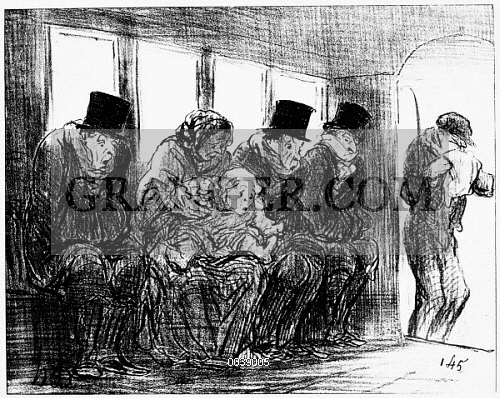
Art lijst
Schilderijen
- Bosch, Hieronymus – The Peddler
- Bosch, Hieronymus_The Haywain triptych
- Botticelli, Sandro_Primavera / Spring
- Brueghel the Elder, Pieter – The Tower of Babel
- Campin, Robert — Mérode Triptych
- Courbet, Gustave_The painters Studio
- Dali, Salvadore_The Temptation of Saint Anthony
- Dou, Gerard_de Kwakzalver
- Eyck van Barthélemy_Stilleven met boeken
- Fra Angelico_Annunciatie
- Géricault, Théodore_Vlot van Medusa
- Magritte, Rene_Verboden af te beelden
- Matsys, Quinten_De geldwisselaar en zijn vrouw
- Memling, Hans_Twee paarden in een landschap
- Onbekend-16e eeuw_4 gedaantes van een arts
- Picasso, Pablo_Guernica
- Rembrandt_Abraham en de drie engelen
- Rembrandt_Elsje Christiaens
- Velazquez, Diego_Las Meninas
Schilderijen en de dokter
- Agenesia Sacrale (a rare congenital disorder in which the fetal development of the lower spine)
- Alopecia areata (hair loss)
- Arthrogryposis congenita (birth defect, joints contracted)
- Artritis psoriatica (inflammatory disease of the joint)
- Artritis reumatoïde
- Breast development (delayed)
- Bubonic plague
- Difterie (kroep)
- Gigantisme & Acromegalie
- Hazenlip (cheiloschisis) / gespleten gehemelte
- Herpes zoster (gordelroos)
- Hongeroedeem
- Influenza Epidemic of 1858
- Keisnijding
- Krankzinnigheid - Malle Babbe (1640)
- Kropgezwel (struma)
- Lepra
- Liefdesziek, zwangerschap
- Lymfkliergezwel (lymfoom), non-Hodgekin
- Manische Depressie Psychose
- Mazelen? / Rubeola? (acute virale infectie)
- Melanoom of naevus (geboortevlek)
- Membraneuze glomerulonefritis
- Moord (pneumothorax, slagaderlijke bloeding)
- Neurofibromatose
- Oogoperatie
- Osteoartrose / hallux valgus
- Osteomyelitis
- Otitis media (acute middenoorontsteking)
- Parotitis (mumps)
- Platvoet en Spitsvoet
- Polio
- Prepatellaire bursitis
- Progeria
- Pseudohermafroditisme
- Pseudozwangerschap
- Psychoneurose (acute)
- Rachitische borst
- Reumatische koorts (acute)
- Rhinophyma of knobbelneus
- Rhinophyma rosacea_depressie
- Rhinoscleroma
- Schimmelziekte_Favus
- Syfilis (harde 'sjanker')
- Tandcariërs
- Tuberculose long
- Ziekte van Paget
Schilders
Historie lijst
- 1632-1723_Antonie van Leeuwenhoek
- 1749-1823_Edward Jenner
- 1818-1865_Ignaz Semmelweis
- 1822-1895_Louis Pasteur
Wetenswaardigheden lijst
- 1887 Psychiatric Hospital
- Animals on duty
- Bizarre advice for parents
- Bloodletting
- Bloodthirsty Hungarian Countess Elizabeth Báthory (1560–1614)
- Butler escaped punishment three times.
- Dance mania / Saint Vitus Dance
- Doctors’ advice did more harm than good
- French Revolution Louis XVI
- Frontal syndroom (Phineas Gage)
- Heart disease (Egyptian princess)
- IJstijd (kleine)_1300-1850
- Ivan IV de Verschrikkelijke (1530-1584)
- Kindermishandeling
- Koketteren met koningin Victoria
- Koningin door huidcrème vergiftigd
- Kraambedpsychose (Margery Kempe)
- Massacre in Beirut
- ME stonden bol van de seks
- Mummie bij de dokter
- Plee, Gemak of Kakstoel
- Prostaatkanker (mummie)
- Sexhandel in Londen
- Swaddling baby
- Syfilis was in de mode
- Testikels opofferen
- Tropische ziekten werden veroveraars fataal
- Vrouwen als beul in WOII
- Wie mooi wil zijn moet pijn lijden
- Zonnekoning woonde in een zwijnenstal

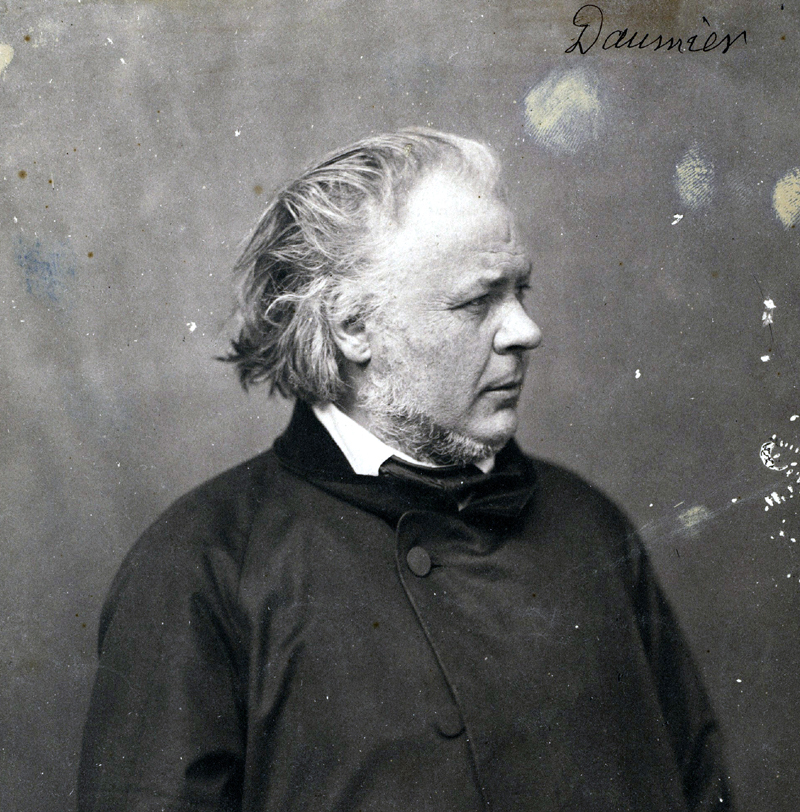
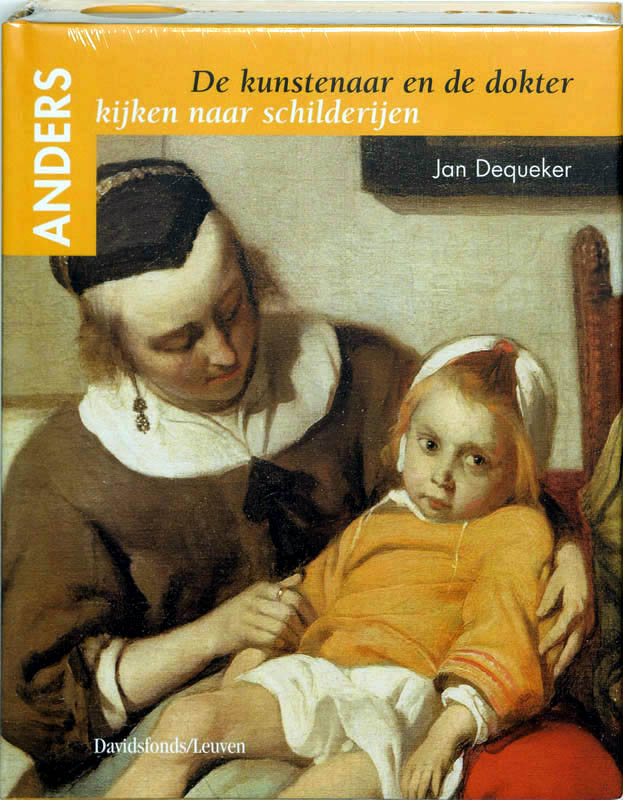
.jpg)
